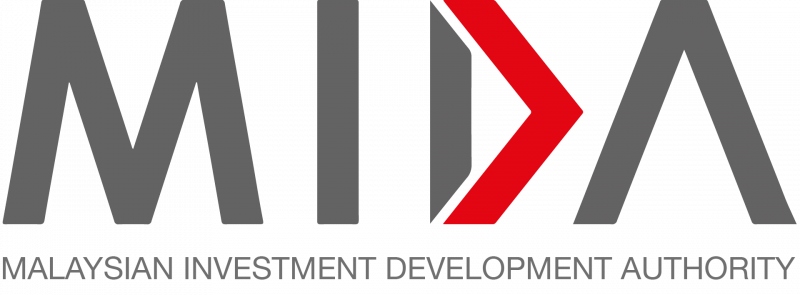Artificial intelligence (AI) is driving Malaysia’s economic transformation, with 140 AI solution providers successfully onboarded into the Malaysia Digital AI ecosystem, says Gobind Singh Deo.
The Digital Minister said the companies involved have generated an impressive Rm1bil in revenue between August 2023 and July this year.
With such an outcome, he said the initiative incorporated by the Malaysia Digital Economy Corporation (MDEC) highlights the immense growth potential of the nation’s AI sector.
“Today, I am proud to announce that MDEC, through its AI initiatives, has successfully onboarded 140 AI solution providers into the Malaysia Digital (MD) AI Ecosystem.
“These companies have generated an impressive Rm1bil in revenue, underscoring the vast growth and promise of Malaysia’s
AI sector.
“Their accomplishments underscore the current impact of AI in Malaysia, its economic transformation, and naturally, its future development,” he said during his address at MDEC’S Malaysia Digital Tech Adoption Summit: Artificial Intelligence event here yesterday.
“From boosting productivity in small and medium enterprises (SMES) to enhancing efficiency in large corporations, AI is reshaping the business landscape,” said Gobind, who was accompanied by MDEC chairman Syed Ibrahim Syed Noh.
According to MDEC head of digital industry acceleration, Wan Murdani Wan Mohamad, among the sectors involved in the MD AI Ecosystem are services, finance, digital cities and digital Agtech.
“All of the companies involved are local Malaysian digital firms,” he said during a press conference later.
Further to this, Gobind highlighted the various benefits that AI could offer both to small and large businesses.
“For SMES, AI adoption means increased productivity, reduced operational costs, and access to advanced technologies that allow them to stay competitive.
“Large enterprises, meanwhile, can leverage AI to streamline operations, automate complex processes, and generate insights that fuel growth.
“AI is reshaping how we work and how we all interact. It is changing the dynamics of industries across the globe,” he added.
Earlier in his speech, Syed Ibrahim highlighted the importance of adopting AI into society, as the technology can assist the public and companies effectively.
“This means investing in upskilling our workforce, promoting continuous learning, and ensuring that Malaysians from all walks of life have access to the tools and resources they need to participate in this Ai-powered future.
“We are optimistic about the future of AI in Malaysia. The opportunities for growth, expansion and diversification are vast.
“This summit is a significant step forward in shaping the national AI landscape, setting the stage for future advancements that will drive Malaysia to the forefront of global digital innovation,” he said.
To ensure AI is responsibly used, Syed Ibrahim said it is crucial to address the ethical and societal impacts of the technology.
“We must ensure AI is used responsibly and that its benefits are equitably distributed. Inclusivity and ethical governance will be key pillars as we continue this transformative journey,” he added.
The Malaysia Digital Tech Adoption Summit offers a unique platform for partnerships and collaborations. A notable feature of this summit is the AI Adoption business matching session.
This session aims to foster collaboration among SMES, large enterprises and tech providers, enabling Ai-driven projects that can transform industries and spur economic growth.
Source: The Star
‘AI driving nation’s economic transformation’
Content Type:
Duration:


